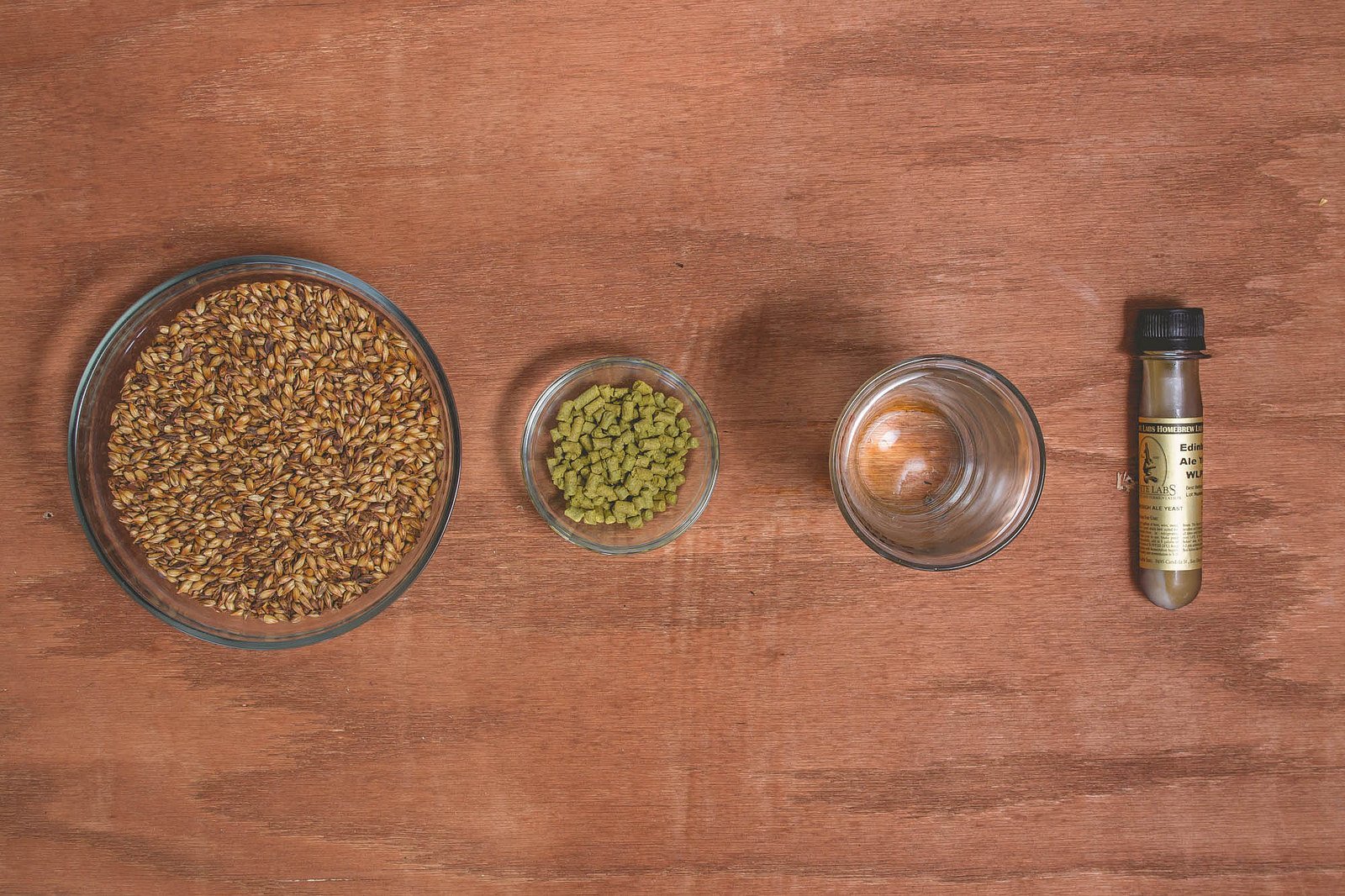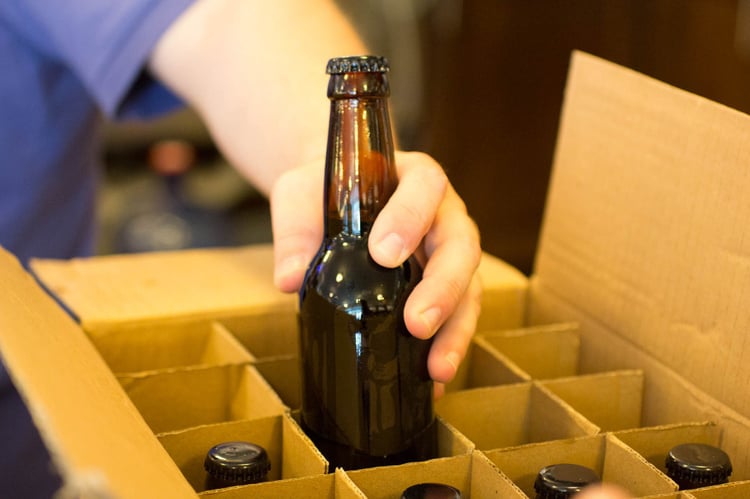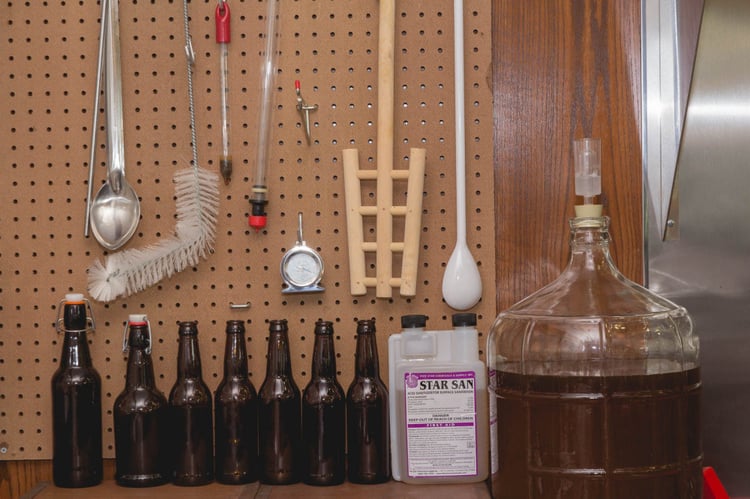
Home brewing is a beautiful thing. For starters, it’s the only hobby that rewards hard work with sweet, delicious beer. Quite frankly, that fact in and of itself is really enough to set home brewing apart, but why stop there?

One of the very coolest things about brewing your own beer is that it offers a tantalizing balance between art and science, which makes it an endlessly fascinating pursuit that offers plenty of chances to learn, grow, and perfect your craft.
There are few hobbies as versatile as home brewing. From fresh-faced beginners to grizzled veterans of the wort wars, every new batch offers an opportunity for a new adventure.

A typical path for a budding homebrewer goes something like this:
- Enjoy beer so much that one day a lightbulb goes off and you think “Man, I should try brewing some of my own.”
- Pick up an extract kit that has all the ingredients and a set of easy-to-follow instructions that help you create a successful first batch. Brew it, get hooked, try another one, try another one, etc.
- Graduate to all-grain brewing, still following a recipe, but experiencing a fuller representation of the spectrum of possibilities offered by the wide world of malted grains, yeast, hops, and water.
- Unleash your inner brewmaster. Tinker, experiment, refine, and create one-of-a-kind brews that you can’t possibly get anywhere else. Recipes be damned.
- Repeat Step 4 forever.
At each stage, there’s so much to learn, so many mini victories that draw the brewer further into the depths of the hobby. By the time stage five comes along? Forget about it. That’s a person who’ll brew for the rest of his or her life, constantly searching for the next great innovation in their process or the next small recipe alteration that leads to big, tasty results.
Don’t believe us? Well, let’s just consider all the myriad ways to turn a recipe on its head:

Alter the Grain Bill
From the amount of malt you use (which will impact the ABV of your brew) to the style of grain, there are tons of ways to create different tasting brews just by changing the brewing grains included in the mash. Maybe you’ve got a killer pilsner recipe that uses traditional 2-Row barley? Add in some pale ale malt and see what happens. Or perhaps you want to lessen the percentage of base malt and utilize some specialty grains to add unique mouthfeel, frothy head retention, or other characteristics? Do your thing, friend.
Change Up Your Hops
Different hops offer different flavors. Some are heavier in aroma and lighter in bittering properties. Some are exactly the opposite. All of them offer unique flavor that can help your brew zig where it might normally zag. In other words, this is a great place to try something different and see what happens.
Try New Yeast
Just like the grains and hops, yeast is an ingredient variable that offers a wide range of exciting flavors. You might think that you’re beholden to a specific strain of yeast for a specific style of beer, but you’re wrong. All yeast needs is sugar to eat and it will do its fermenting thing, leaving behind specific taste sensations that can lend unexpected notes of complexity to any brew.
Throw Away the Clock
Many beer recipes call for very specific timeframes at different parts of the process (e.g. how long to boil, how long to mash, how long to ferment, how long to wait until you crack open a bottle). But hasn’t some part of your intrepid home brewing heart ever wondered what would happen if you decided to just maybe add or subtract a few minutes, hours, or days? Or maybe you can barrel-age your brew instead of putting it in bottles right away? So many possibilities here…
Additives & Adjuncts
Sure, the basic ingredients in beer have remained the same for generations, but that doesn’t mean those are the only ones you can use. With summer right around the corner, maybe you’re interested in trying your hand at a shandy or otherwise adding a refreshing citrus element to your favorite recipe. Or perhaps you’re fascinated by the dark mysteries of the cocoa bean and would like to have that chocolatey goodness expressed in something other than a stout or porter. When it comes to using specialty additives and adjuncts in your brewing, you are limited solely by your imagination and your willingness to chalk up a funky tasting batch of brew as a learning experience before diving back in.
 Aaron savors the sweet, sweet fruits of his homebrew labor.
Aaron savors the sweet, sweet fruits of his homebrew labor.
As you can see, once you master the very scientific basics of home brewing (sanitation and timing and ingredient interplay and sanitation again), it’s time to spread your wings and really get down to the brass tacks business of creating something special.
Do you have other tips to try to mix things up when you’re brewing? What’s the strangest/tastiest/most unexpected beer you’ve ever brewed? Let us know in the comment



Leave a Comment